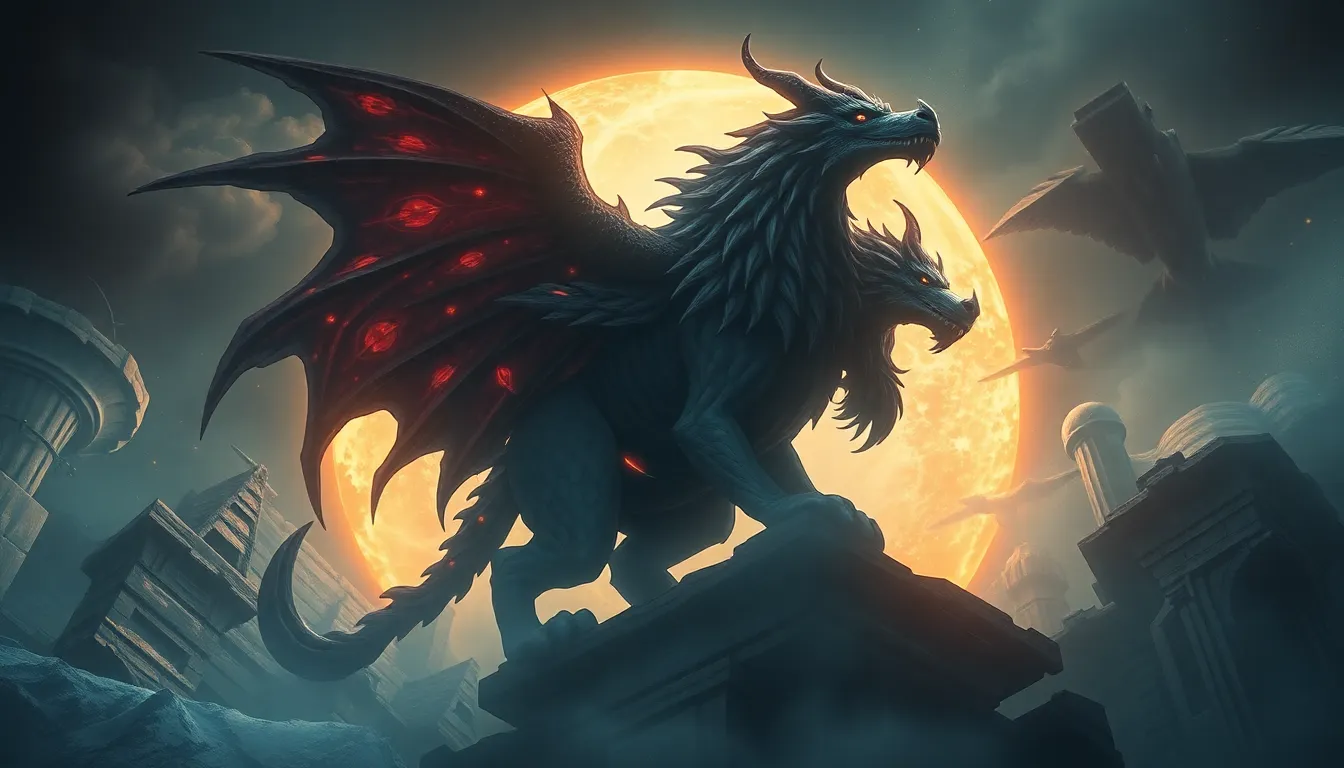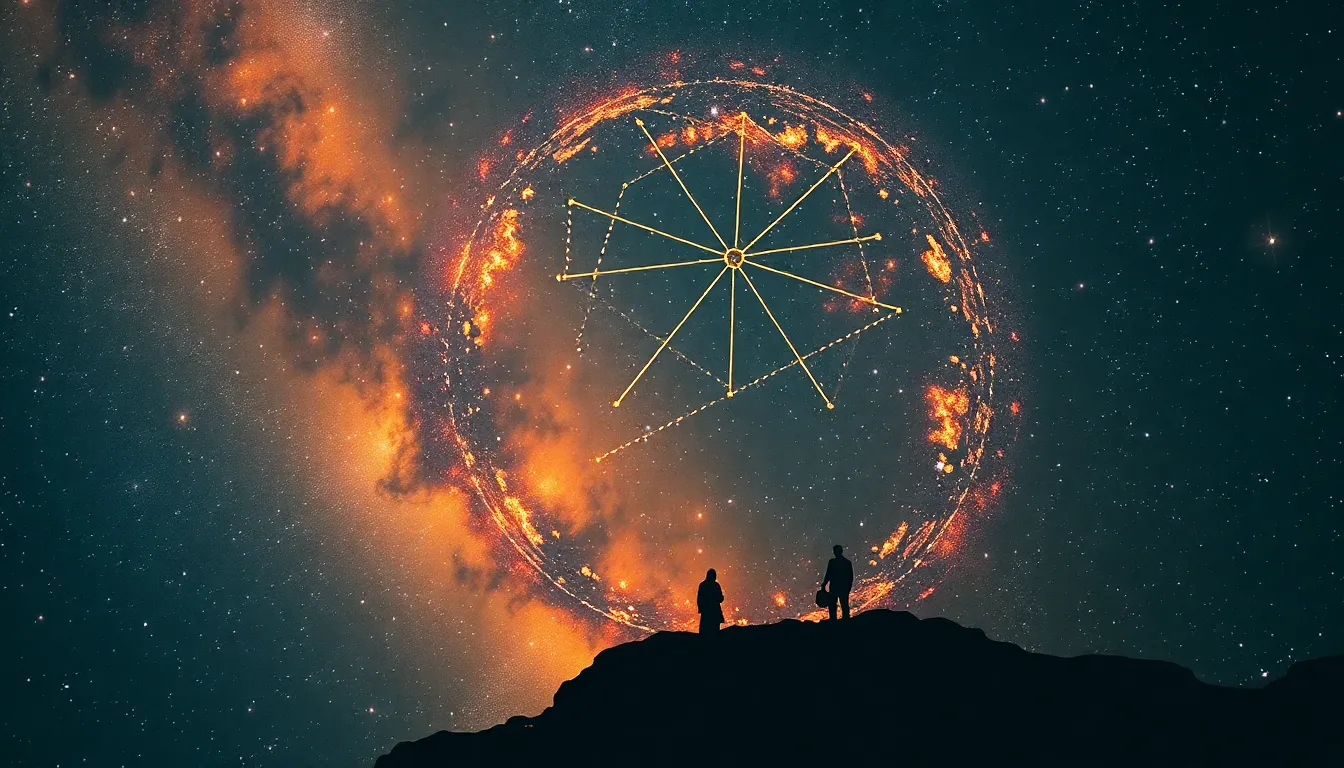When Legends Transform: The Impact of Change in Mythology
I. Introduction
Mythology, derived from the Greek word ‘mythos’ meaning ‘story’, encompasses a collection of traditional stories, beliefs, and cultural practices that explain the natural world, human behavior, and societal values. It holds significant importance in various cultures, serving as a means of communication, education, and identity formation.
Throughout history, legends and myths have undergone transformations, reflecting changes in societal norms, values, and understanding of the world. This article aims to explore the impact of these changes in mythology, shedding light on how and why myths evolve over time.
II. The Nature of Myths: Understanding Their Origins
A. Historical context of myth creation
Myths often emerge from the historical and cultural contexts of their time. They serve to explain the unexplainable, offering narratives that reflect humanity’s attempts to understand existence, nature, and the cosmos.
B. The role of oral tradition in shaping myths
Before the advent of written language, oral traditions played a crucial role in the preservation and transmission of myths. Storytellers would pass down legends, often adapting them in response to the audience, thereby ensuring that the myths remained relevant.
C. Influence of geography and culture on myth development
Geographic factors, such as climate and natural resources, alongside cultural practices, significantly influence the themes and characters within myths. For instance, myths from agricultural societies often emphasize fertility and the earth, whereas those from seafaring cultures might focus on oceanic deities and navigation.
III. Mechanisms of Change in Mythology
A. Societal changes and their reflection in myths
As societies evolve, their myths reflect these changes. For example, the rise of individualism in modern societies has led to reinterpretations of traditional heroic figures, focusing more on personal journeys than on communal values.
B. The impact of technology on storytelling and myth dissemination
Technology has revolutionized how myths are shared and consumed. From the printing press to digital media, each advancement has allowed for broader access and new interpretations of ancient stories.
C. Adaptations in response to globalization and cross-cultural exchanges
Globalization has facilitated cross-cultural exchanges, leading to the blending of myths. This fusion often results in new narratives that combine elements from different traditions, highlighting a shared human experience.
IV. Case Studies: Transformations of Iconic Myths
A. The evolution of the Greek pantheon and its deities
1. Ancient beliefs versus modern interpretations
The Greek pantheon, once revered as the embodiment of divine power and human traits, has transformed in modern interpretations. Today, these myths often serve as allegories for contemporary issues like love, conflict, and morality.
B. The transformation of Native American creation stories
1. Preservation efforts in contemporary narratives
Native American creation stories are undergoing transformation as communities strive to preserve their heritage while adapting to modern contexts. Contemporary artists and writers are working to keep these traditions alive, often retelling them through new mediums.
C. The shift in Norse mythology from ancient texts to modern media
Norse mythology has seen a resurgence in popularity through films and television series. Characters like Thor and Loki have been reimagined, presenting them in ways that resonate with modern audiences while often straying from their original portrayals.
V. The Role of Literature and Art in Mythological Change
A. Influence of literary works on the reinterpretation of myths
Literature has long been a vehicle for myth reinterpretation. Authors like Neil Gaiman and Margaret Atwood have woven traditional myths into contemporary narratives, offering fresh perspectives and relevance.
B. Artistic representations and their impact on public perception
Art has the power to shape and shift public perception of myths. Paintings, sculptures, and modern installations can reinterpret ancient figures, making them accessible and relatable to a contemporary audience.
C. The emergence of new myths in contemporary literature
As society faces new challenges, new myths emerge to address modern concerns. These narratives often reflect current existential dilemmas, environmental crises, and social justice issues, serving as a modern mythology that speaks to our times.
VI. Psychological and Social Implications of Mythological Change
A. The function of mythology in societal identity formation
Myths play a crucial role in shaping societal identity. They provide a shared narrative that fosters community and belonging, reflecting collective values and experiences.
B. How evolving myths reflect changing human psychology
As human psychology evolves, so too do our myths. Modern legends often address issues of identity, trauma, and resilience, mirroring the psychological struggles of contemporary society.
C. The role of myths in addressing modern existential crises
In times of uncertainty, myths can function as a source of comfort and guidance. They offer frameworks for understanding life’s complexities, helping individuals navigate crises of meaning and purpose.
VII. The Impact of Media and Technology on Mythology
A. The rise of digital storytelling and its influence on myth evolution
The internet and digital platforms have democratized storytelling, allowing for a multitude of voices and perspectives to be heard. This shift has led to the rapid evolution of myths, as new narratives gain traction online.
B. The role of film and television in reshaping legends
Film and television have the power to reach vast audiences, reshaping legends into new forms. Iconic characters are reimagined, often reflecting contemporary values and issues that resonate with viewers.
C. Social media’s impact on myth dissemination and reinterpretation
Social media platforms allow for the rapid dissemination of myths and legends, enabling users to reinterpret and remix these stories. This interactive engagement fosters a culture of creativity and innovation in myth-making.
VIII. Cultural Preservation vs. Adaptation: The Debate
A. The importance of preserving traditional myths
Preserving traditional myths is vital for maintaining cultural heritage and identity. These stories provide insight into the beliefs and values of past generations, enriching our understanding of history.
B. The argument for adapting myths to contemporary contexts
However, adapting myths to contemporary contexts can make them more relevant and relatable. This adaptation can breathe new life into old narratives, ensuring they resonate with modern audiences.
C. Balancing authenticity with relevance in mythological narratives
Finding a balance between preserving authenticity and ensuring relevance is crucial. While adaptations can make myths accessible, they must also honor the core messages and cultural significance of the original stories.
IX. Future Directions: The Evolution of Mythology
A. Predictions for the future of mythological narratives
The future of mythology will likely see continued evolution as new global challenges arise. Climate change, technological advancements, and social movements will inspire new legends that reflect our current realities.
B. Potential new legends arising from current global challenges
As society grapples with pressing issues, new myths may emerge that address themes of resilience, community, and environmental stewardship, providing hope and guidance for future generations.
C. The role of future generations in shaping mythological discourse
Future generations will play a pivotal role in shaping mythological discourse. Their values and experiences will inform the creation and adaptation of myths, ensuring that they remain relevant and meaningful.
X. Conclusion
In conclusion, mythology is not a static entity but a dynamic tapestry woven through time, reflecting the changing values, beliefs, and experiences of humanity. As we have explored, the transformation of legends can significantly impact cultural identity, psychological understanding, and societal cohesion. By examining these changes, we gain insight into the essence of what it means to be human and our shared journey through the tapestry of time.



